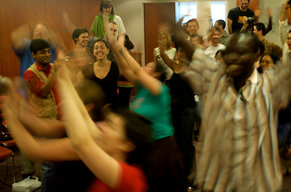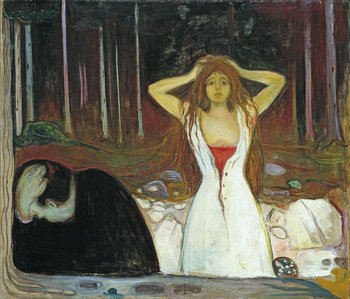
Lack of Sympathy
Downplaying the losses and difficulties of others. For example, if someone has lost a family member it is typically inappropriate to try to include a bright side in your condolences.Denial
Using motivated reasoning to look for arguments that weaknesses are strengths and real problems or risks are purely positive. For example, pretending that a behavior or state that creates major health risks is a good thing.Magical Thinking
The use of magical thinking to defeat negative thoughts. For example, imagining that you will become a superhero to overcome some current problem. This may be a useful thought experiment or motivational exercise but isn't a substitute for an actionable plan.Uncalculated Risk Taking
Using glittering generalities such as "follow your dreams" to neglect the diligence that is required to take risks in a reasonable way that has any chance at all of working out. For example, quitting a good job to pursuit a singing career without any evidence of talent, diligent practice or immersion in the culture of music.Mediocrity
Mediocrity is a pathetic state of clinging to a group for safety and security without trying to add value to that group. Groups that have low tolerance for disagreement tend to reward meaningless positivity such as a yes person who always strongly supports the ideas of those with authority -- no matter how flawed such ideas may be.Avoidance
Avoiding negative emotions and situations. For example, a team manager who can't give negative feedback to employees no matter how poor or unacceptable their behavior.Sidelining Negativity
Those who can only deal with positive emotions may do more than avoid negative situations but are likely to sideline anything they perceive as negative -- such as debate, criticism and creative tension. For example, a manager who stops inviting someone to project meetings after they point out a major flaw in project assumptions.Groupthink
Groupthink is the social process of avoiding debate by strictly conforming to an ideology as group that can't be challenged. This creates internal group harmony at the expense of rational thought and creative tension.Pathologization of the Human Experience
The pathologization of valuable elements of the human experience such as fear, sadness and remorse whereby people begin to see healthy emotions as abnormal. This is depicted in the animated film Inside Out whereby a character that symbolizes joy tries to keep down a character that symbolizes sadness until she realizes that sadness is the key to solving an emotional dilemma.| Overview: Toxic Positivity | ||
Type | ||
Definition | An irrational or excessive focus on the positive. | |
Related Concepts | ||


























